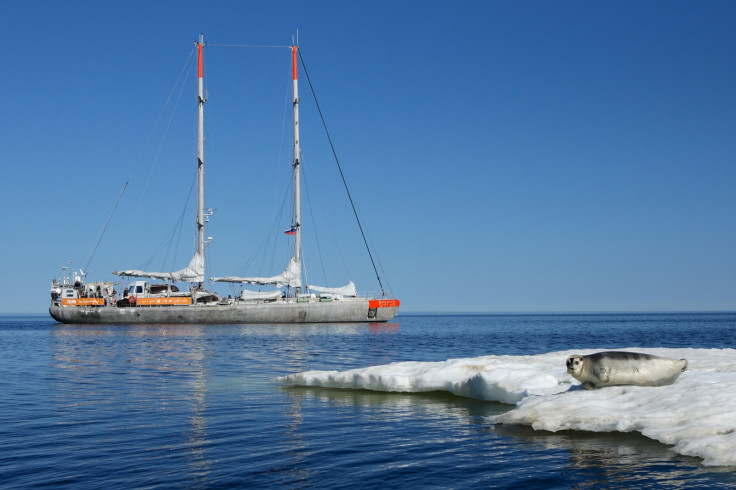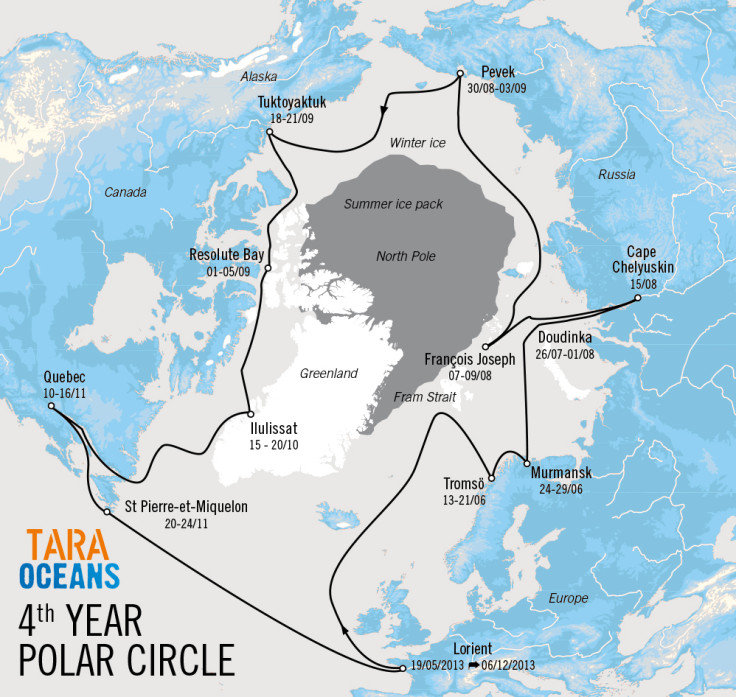'Great Arctic garbage patch' revealed in remote northern oceans
The remote northern seas are as polluted at the surface as some of the worst spots in the Pacific and Atlantic.
The vast oceans of the far north, hundreds of miles away from large human cities are becoming increasingly polluted with large quantities of plastic, an expedition around the North Pole has found.
The Tara Oceans expedition travelled around the northern polar seas, trawling for tiny pieces of plastic. The results show that even the most untouched oceans are struggling with plastic pollution. The research, led by scientists at the University of Cádiz, Spain, is published in a paper in the journal Science Advances.
There were some regions of the polar oceans that were more or less free from plastic, but some areas had very high concentrations of tiny bits of plastic. These tiny pieces of plastic can be eaten by fish and other marine creatures, causing them health and reproductive problems.
The worst affected areas were the seas to the east of Greenland and north of Scandinavia.
"Here the plastic concentrations seem to be roughly on par with areas such as the Great Pacific Garbage Patch. It's a similar sort of magnitude," marine ecologist Neil James of the Environmental Research Institute at the University of the Highlands & Islands, Scotland, told IBTimes UK.
The plastics accumulate in the far north because they are driven by ocean currents. When they reach the polar seas, they break down into smaller pieces and are eventually thought to fall to the sea floor.
This means that the plastics can travel for hundreds or thousands of miles from their point of release. Much of the plastic found in the Arctic was originally discarded in areas such as the eastern US, the UK, or western continental Europe, the study found.
Data on how much plastic pollution there is the Arctic seas has been largely lacking until now.

"This study is one of the first pieces of research that has looked at this scale in the Arctic Ocean," said James, who was not involved in the research. "It's a really important first step to understanding how contaminated the Arctic is and what the potential impacts could be."
The best way to stop the problem getting worse is to go back to basics, James said.
"Reduce, reuse, recycle. Those three steps all have to be followed. In terms of stopping plastic getting into the sea, better management of rivers is one of the main things. A lot of plastic in the oceans is from land-based sources that carried out by rivers through major population areas. But it is a very difficult one to tackle."


© Copyright IBTimes 2025. All rights reserved.






















